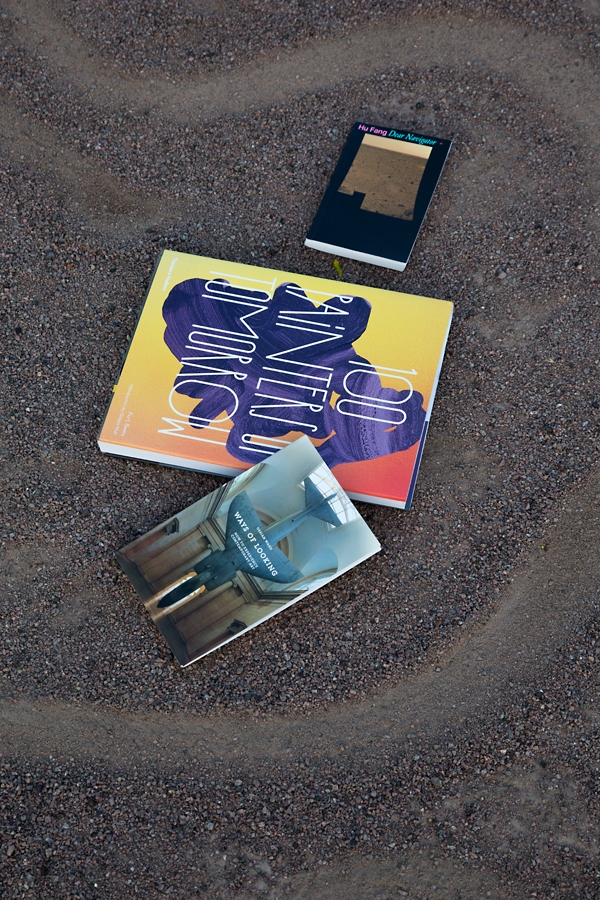In June of this year Jerry Saltz, writing in New York Magazine, let out a well-constructed moan about the state of painting and the art market. Saltz was putting into words what anyone walking around an art fair (not just the big ones, it should be noted; the worst offenders seemed to be hipster galleries showing at the likes of Independent, New York, or Liste, Basel) during the last couple of years might have noticed: an abundance of abstract painting that seems to have no value other than a decorative one. A type of painting – typified by a pale washiness, with planes of colour akin to sub-Rothko – the sole purpose of which seems to be to broadcast the ‘good taste’ of its purchaser.
The panel that judged the open call for inclusion in 100 Painters of Tomorrow – which included Yuko Hasegawa, chief curator at the Museum of Contemporary Art, Tokyo; Philip Tinari, director of the Ullens Center for Contemporary Art, Beijing; artist Cecily Brown; and the critic Barry Schwabsky, among others – seems equally tired of this type of ‘crapstraction’. The artists who made the cut and are profiled in this weighty hardback, each with a generous amount of illustration, either work figuratively or use a laden, refreshingly heavily worked abstraction that seems to have fallen out of favour with the market. Few, thankfully, are of the splash-and-pattern school. Gems include Leipzig-based Portuguese artist Ivana de Vivanco and Hong Kong-based Malaysian Wong Xiang Yi, both of whom use staged tableaux drenched in psychosexual tension. The mutually apocalyptic and sci-fi-influenced work of Shahryar Hatami (from Tehran) and Sze Yang Boo (from Singapore) is also of note, as are the more conceptually minded, playful paintings of Oliver Osborne and Shaan Syed (both London-based).
This article was first published in the Autumn & Winter 2014 issue of ArtReview Asia.
